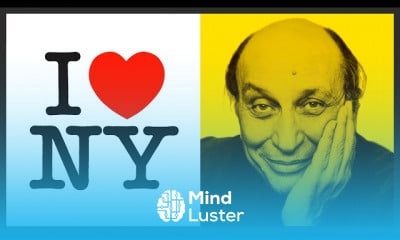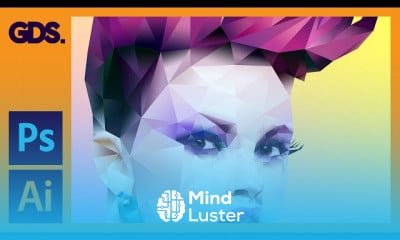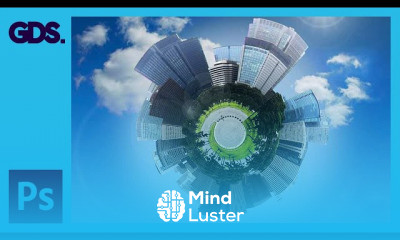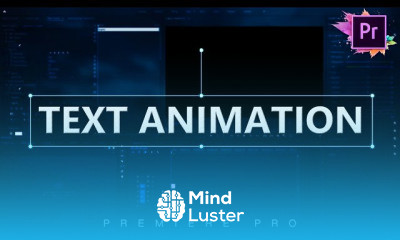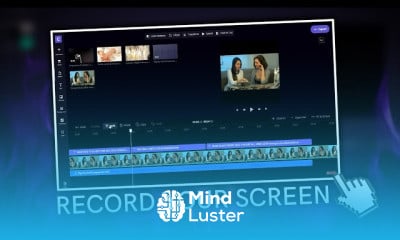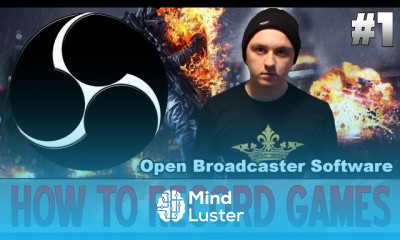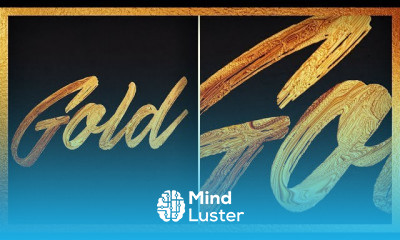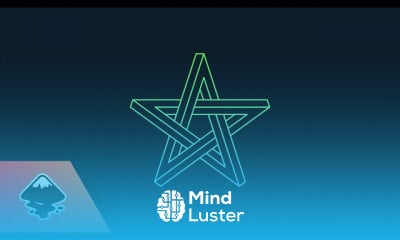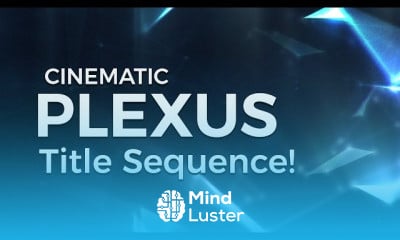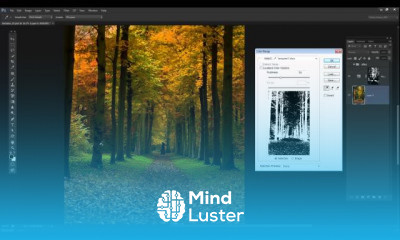How to Animate a Water Splash Liquid Animation Tutorial
Share your inquiries now with community members
Click Here
Sign up Now
Lessons List | 5
Lesson
Comments
Related Courses in Graphic Design
Course Description
Animation is a method in which figures are manipulated to appear as moving images. In traditional animation, images are drawn or painted by hand on transparent celluloid sheets to be photographed and exhibited on film. Today, most animations are made with computer-generated imagery (CGI). Computer animation can be very detailed 3D animation, while 2D computer animation (which may have the look of traditional animation) can be used for stylistic reasons, low bandwidth, or faster real-time renderings. Other common animation methods apply a stop motion technique to two and three-dimensional objects like paper cutouts, puppets, or clay figures.
Commonly, animators achieved the effect by a rapid succession of images that minimally differ from each other. The illusion—as in motion pictures in general—is thought to rely on the phi phenomenon and beta movement, but the exact causes are still uncertain. Analog mechanical animation media that rely on the rapid display of sequential images include the phénakisticope, zoetrope, flip book, praxinoscope, and film. Television and video are popular electronic animation media that originally were analog and now operate digitally. For display on computers, technology such as the animated GIF and Flash animation were developed.
In addition to short films, feature films, television series, animated GIFs, and other media dedicated to the display of moving images, animation is also prevalent in video games, motion graphics, user interfaces, and visual effects.[1]
The physical movement of image parts through simple mechanics—for instance moving images in magic lantern shows—can also be considered animation. The mechanical manipulation of three-dimensional puppets and objects to emulate living beings has a very long history in automata. Electronic automata were popularized by Disney as animatronics.
Trends
Learning English Speaking
English greetings and responses
programmation Java
Video editing with adobe premiere
My SQL
programmation Java
Mobile Apps from Scratch
Oil and Gas Production Process
Create a website with wordPress for beginners
Passive Income
Python programming language
Real numbers
Hire purchase accounts fundamentals
Linux in French
social media mangment
French
Hands On DevOps on Azure
Math of Machine Learning
Communication Skills
Magento Formation Français
Recent
Creating monthly budget application in excel
Printing student ID cards with excel tools
Building mobile apps with excel sheets
Create a mobile app from an excel
Create drag and drop task scheduler In excel
Creating a project manager in excel
Creating school ID cards in excel
Creating automated excel Forms
ChatGPT tools for excel
Create contact scheduler application in excel
Creating meeting scheduler in excel
Excel for unlimited Labels
Creating Professional emails in excel with AI
Designing Point of sale application in excel
Building a retirement Planner in excel
Create complete employee Payroll In excel
Contact scheduler application in excel
Travel managing application in excel
Create Cafe manager application In excel
Excel for managing file attachments



